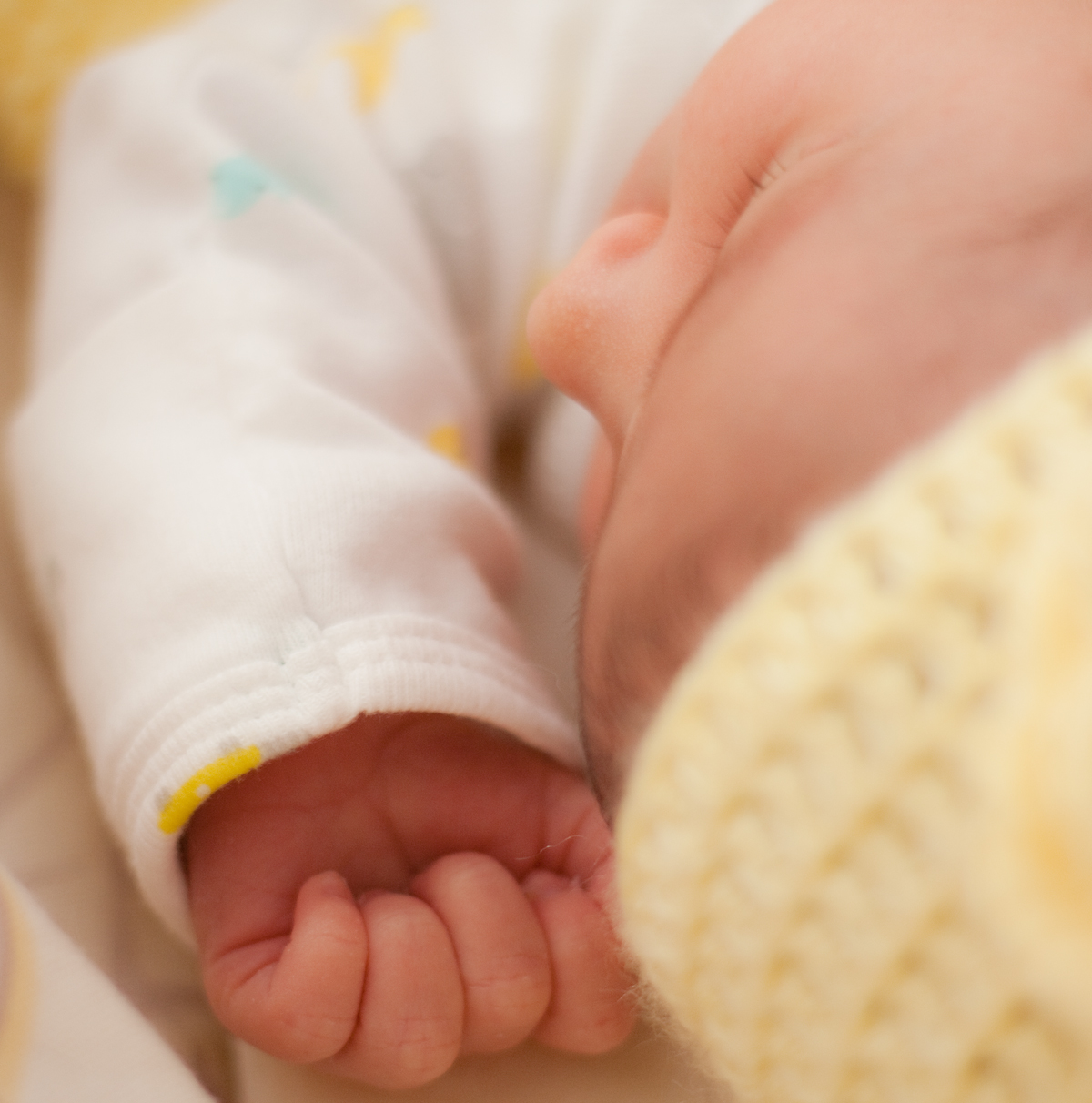In the early weeks, babies seem to sleep at random, when they’re tired or when you’ve convinced them that they need to go to sleep. Or, they don’t go to sleep and all you recall are the hours you spent bouncing up and down the hall, desperately for him to go to sleep. Combine that with a (bowling ball to the head) dose of sleep deprivation, it can sometimes be difficult to remember one day to the next. How long was that nap two days ago? Didn’t he have a really long nap that day? And then he was up half the rest of the night? Or was that yesterday? Wait, what day was yesterday? Was yesterday the day that he napped in the early morning but then was awake during lunch time? Or was that two days ago? Did he nap this morning or was he awake? What day is it right now? What is even happening? Are you awake? Am I awake? Is this happening right now?
Etc.
It’s a fog. Add a baby that isn’t sleeping, and trying to course correct may seem like a losing battle. Mostly because you’re not even aware what course you’re currently on.
When Bean started her sleep problems, a friend recommended keeping a sleep journal to get a handle on her sleep patterns, since it’s so difficult to remember one day to the next. “The Baby Whisperer” seconded it.
For a sleep journal, take note of the following times daily for at least a week:
1) When baby wakes up
2) What time baby eats and for how long
3) What time you notice baby looking tired aka what time you start trying to convince baby to go to sleep
4) What time baby actually falls asleep
5) What time baby wakes up (repeat all through the day)
I also included annotations for what methods I used to get baby to go to sleep — swaddle, shushing, patting, etc.
And wouldn’t you know it, where I thought Bean’s sleep patterns were completely random, in fact she had already put herself on a schedule. WHO KNEW? Not this tired, confused mama. That late afternoon nap I kept on insisting on? She hadn’t taken that nap in a week, and had clusterfed every day instead. (You’d think this would become apparent as I wrote the journal, but it took Dave stepping me through it to see that, no, yeah, not one day did she fall asleep in the afternoon.)
She was already eating around every 3 hours (NO IDEA), and took her naps at set times. If I tried to get her to sleep too early, she’d just stay up through all the extraneous back-patting and fall asleep at her usual time. If I missed a sleep window? Well, she’d just skip the nap completely and move onto the next one.
Basically, Bean already had it figured out, and it was me who needed to catch up. This is why a sleep journal is helpful — it helps you figure out what patterns are already going on so that you can focus your sleep training/fixing energies in the right spot.
Also, it helps you count up how many hours your baby is already sleeping. You may think she’s barely sleeping, but in fact she is getting close to 17 hours/day here and there.
The problem for us was those sleep windows. More on that tomorrow.
———————————————————–
(Want more Baby Sleep Week? Check out Pick A Sleep Book, Any Sleep Book, Sleep Windows And The Scourge Of Overtired, Self-Soothing Meets Accidental Parenting, and Accepting Your Limitations.)







